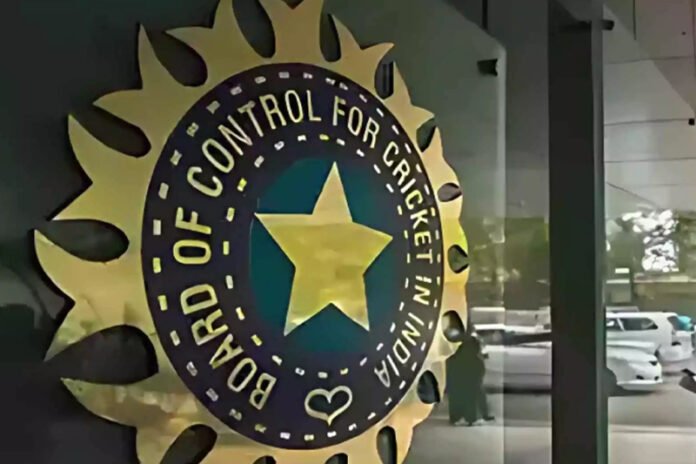The Board of Control for Cricket in India (BCCI), the wealthiest and most powerful cricketing body in the world, has long prided itself on shaping the future of Indian cricket. Its influence is undeniable—global schedules bend to its weight, broadcasters thrive on its deals, and players rise under its vast system. But in recent years, a quieter pattern has emerged: some of India’s biggest names have exited the Test arena not with fanfare, but with whispers, abrupt announcements, and decisions that raise more questions than they answer.
Ravichandran Ashwin, one of India’s most prolific spinners and the country’s second-highest Test wicket-taker, announced his retirement from the format in December 2024. Despite still performing at an elite level, especially at home, Ashwin’s place in overseas squads had often been uncertain. The lack of consistent backing, particularly during critical tours, hinted at a player who was no longer central to the team’s long-term plans. Ashwin himself once revealed he had contemplated retirement as far back as 2018, feeling “thrown under the bus” during a turbulent phase under the previous management. His eventual decision seemed less about age or form, and more about clarity—or the lack of it from the system around him.
Then came Rohit Sharma, who had led India across formats and was seen as a stabilizing presence in a team navigating transitions. On May 7th, 2025, events unfolded with rare speed. At 6:30 PM, the BCCI announced his removal as Test captain. By 7:30 PM, Rohit announced his retirement from the format. Officially, the decision was his. But the rapid sequence of events suggested otherwise. His dip in red-ball form, averaging just 10.93 in his last eight Tests, was well documented. Yet, for a captain who had brought calm and results in a turbulent era, there were murmurs that he hoped for one last series before signing off. Whether that door was ever truly open remains uncertain.
The biggest surprise, however, came with Virat Kohli. Long considered the face of Indian cricket, Kohli’s sudden announcement just before the England series in May 2025 shocked fans and experts alike. Just weeks prior, he was seen actively preparing, training with intensity, playing in the Ranji Trophy, and reportedly planning to feature in India A matches to fine-tune his red-ball rhythm. Delhi’s Ranji coach, Sarandeep Singh, even mentioned Kohli was looking forward to “scoring three or four hundreds” against England. But in a turn few saw coming, he chose to step away. While the official line remained personal reflection and timing, reports suggested selectors Ajit Agarkar and Gautam Gambhir were keen on a younger squad, much like the shift that preceded Rohit’s retirement.
In each case, the players spoke with dignity. There was no public conflict, no blame games. But the silence in between—the unexplained timing, the suddenness, the repetition—leaves behind a narrative worth exploring. Were these truly personal calls? Or quiet exits shaped by evolving strategies, unstated decisions, and the growing emphasis on what lies ahead rather than what has been? The answers, perhaps, lie somewhere in between.



